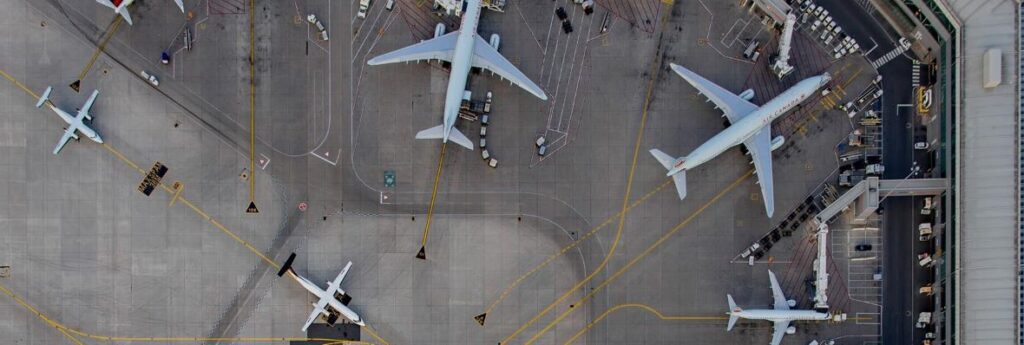Air Canada says it has no problem with the Greater Toronto Airport Authority plan to impose limits on carrier operations at Toronto-Pearson airport. The airline says it learned of GTAA’s plans last August and designed its 2023 winter schedule accordingly.
It adds that it anticipates no significant changes to its schedule for the March Break travel period.
“It is Air Canada’s policy to work with its industry partners to meet the requirements of airports and other third parties to drive operational improvements and support the smooth running of Canada’s air transport system,” the airline said in a statement. “This includes, as in this case, adapting its schedule as required to ensure operational stability, and is a normal process.”
On Tuesday, the GTAA said is planned to cap the number of flights into and out of Canada’s largest air hub in peak travel periods this year, with a view to “flatten out” daily crests at airports awash in passengers.
The authority said it will impose a “hard limit” on how many commercial planes arrive at and depart from Pearson at any given hour during March break and the summer season, thereby spreading demand out over the course of each day.
It will also put a ceiling on the number of passengers that can arrive from abroad or depart to the US within a given 60-minute period.
In preparation since last fall, the measures “strike a balance between airline requests and the capabilities of the entities across the entire airport ecosystem,” GTAAA spokeswoman Rachel Bertone said in an emailed statement. She pointed to strains on air navigation service Nav Canada as well as the US and Canadian border agencies.
“We’ve also been constraining transborder flights for months to account for staffing levels,” she said, referring to the same three organizations.
The airports authority has not specified what the caps will be.
The new constraints aim to tamp down traffic at peak times following a surge in demand over the spring and summer as well as the winter holidays that erupted in travel chaos last year.
The turmoil included scenes of overflowing baggage halls, stranded passengers, tens of thousands of flight cancellations and Pearson’s ranking as the worst major airport in the world for delays in July, according to tracking site FlightAware.
The move also comes as the country’s biggest airline hopes to streamline the departures process through facial recognition technology.
Passengers boarding flights from Vancouver to Winnipeg can now opt into Air Canada’s digital identification service, announced last week. They will be sent instructions to create a digital “faceprint” via the Air Canada app before arriving at the airport.
Data is encrypted and stored only on the customer’s smartphone, with additional consent needed for the information to be used on the day of the trip. The data for the biometric pilot project will be retained for no more than 36 hours, Air Canada said.
Pearson stands apart from the country’s three other largest airports – Montreal, Vancouver, and Calgary – all of which said they have no plans to rein in daily surges beyond their normal collaboration with airlines on scheduling.
“Aeroports de Montreal does not plan to cap traffic for peak spring/summer break periods,” spokeswoman Anne-Sophie Hamel said in an email.
“Planning and co-ordination meetings are held on a regular basis. In addition, we share our passenger traffic forecast with our partners so that they can plan their staffing, as well as their operations, accordingly.”

